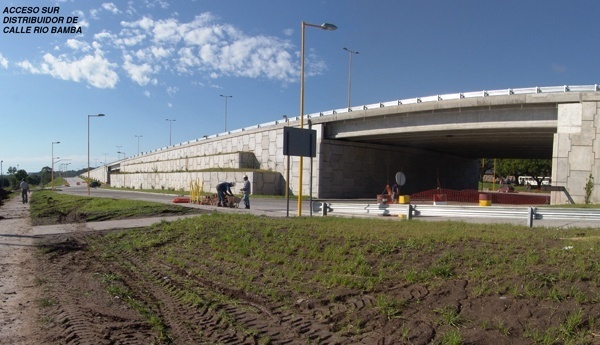Image Credit (above & right): Revista Vial (Road Magazine)
The USD$300 million World Bank-funded Northwest Road Corridor Development (NOA), informed by an iRAP assessment, has a 3-star or better design condition and is part of a larger project that will help to economically unite four South American countries Chile, Argentina, Paraguay and Brazil.
Commenced in 2017 and due for completion in 2023, the Argentine component of the project includes two phases, the NOA corridor (Northwest Argentina) and the NEA corridor (Northeast Argentina). For each sector, the project has a total value of USD$3,000 and USD$4,500 million, respectively.
The NOA corridor sector that iRAP assessed has the highest number of road crashes in the country. The Argentine Government has secured a USD$300 million loan from the World Bank for upgrade of the corridor, with a loan condition that the design must achieve a star rating equal to or higher than 3 stars.
The iRAP assessment was carried out on 204.9 kilometres of roads. 70% (143.2 kilometres) of these assessed roads correspond to sections where road design upgrades would include duplication of existing undivided roads.
The remaining 30% of the roads (61.7 kilometres) are roads that are currently divided but need rehabilitation and the implementation of the necessary safety measures to reduce the risk for all road corridor users. This last group of roads includes access to various towns through grade separated intersections (also known as a Multi-Level Stack Interchange)
iRAP assessed the risk to determine star ratings of the divided road design and the grade separated intersections, and suggested countermeasures for the existing divided road.
Read more on this project from its 2017 inception here
Read the project summary from World Bank here


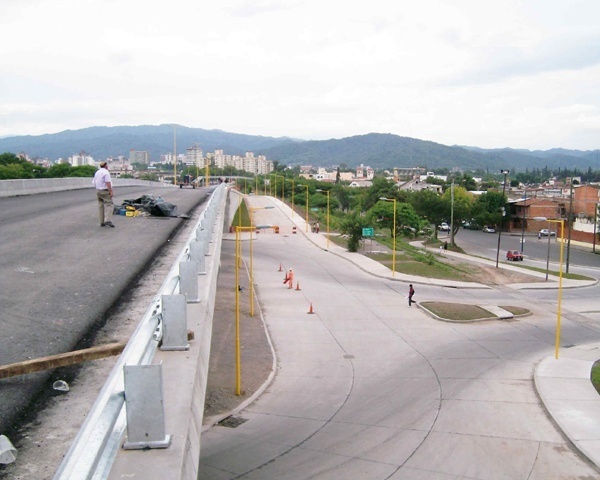
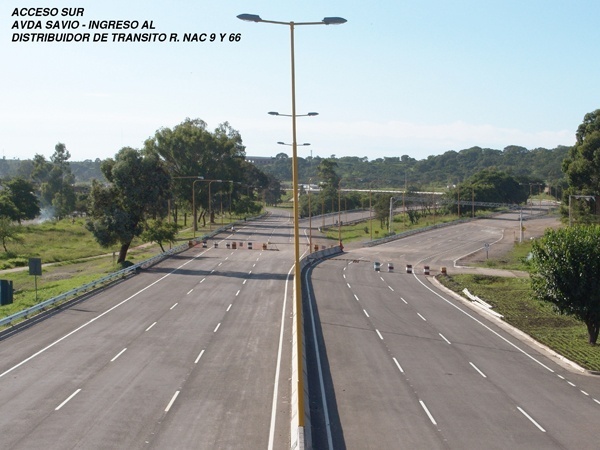
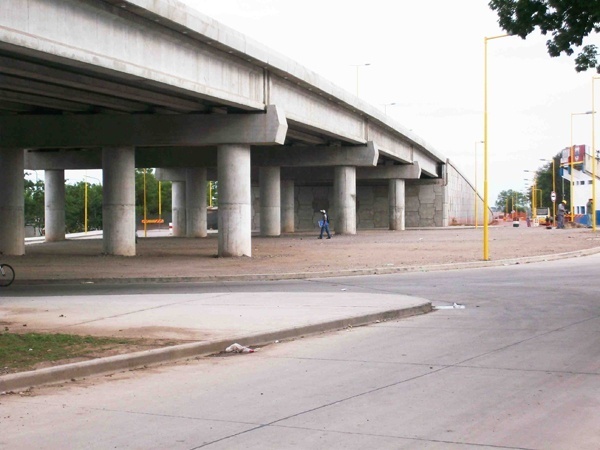
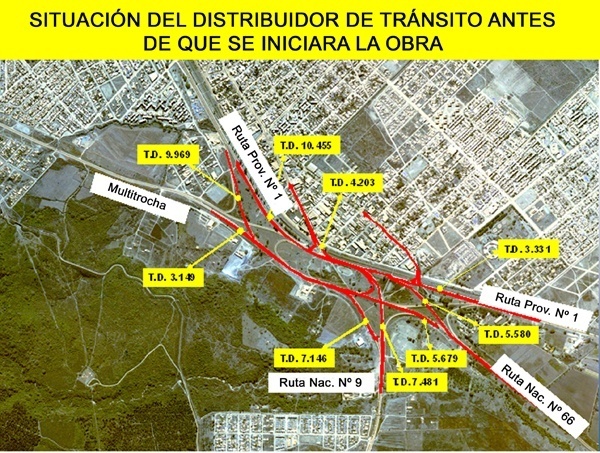
According to iRAP’s Big Data tool, the number of estimated fatalities in Argentina per year is 6,119 (WHO 2015). Achieving >75% of travel on 3-star or better roads for all road users in Argentina by 2030 stands to save 2,046 lives each year and reduce fatalities and serious injuries over 20 years by 450,015 with an economic benefit of almost USD$77.1 billion.



